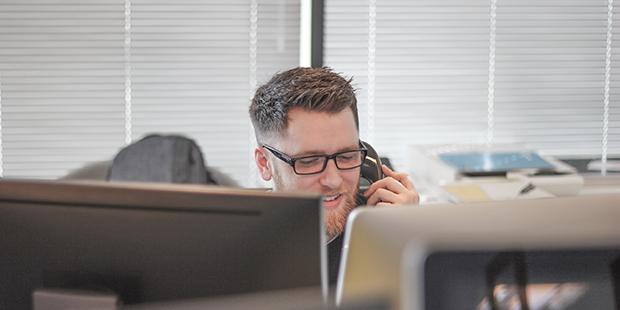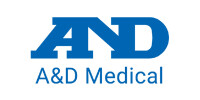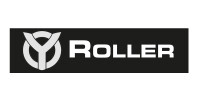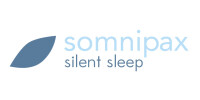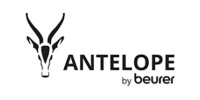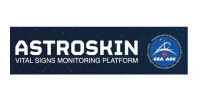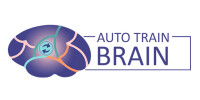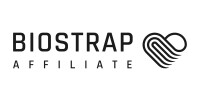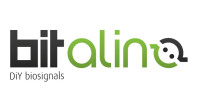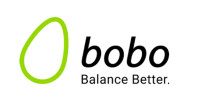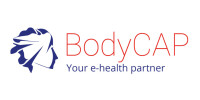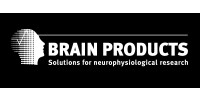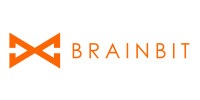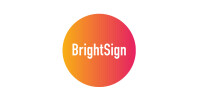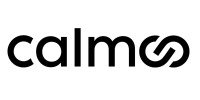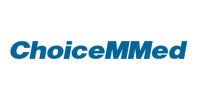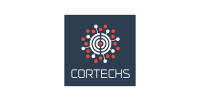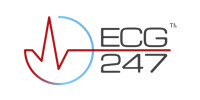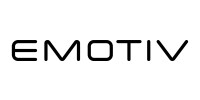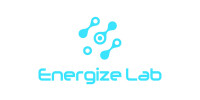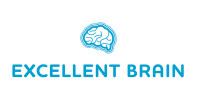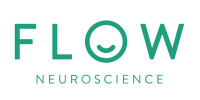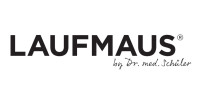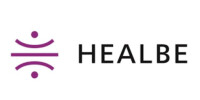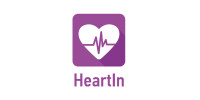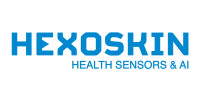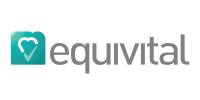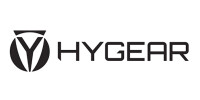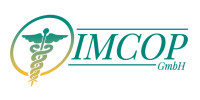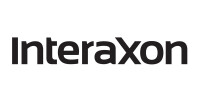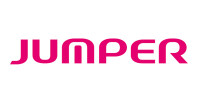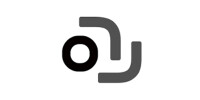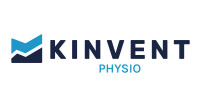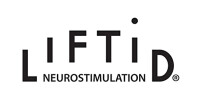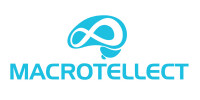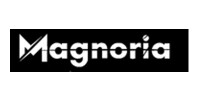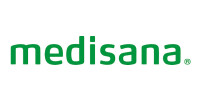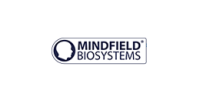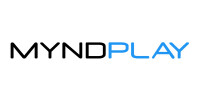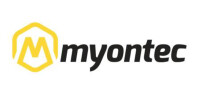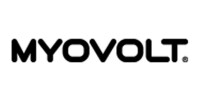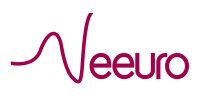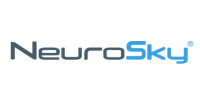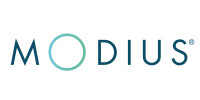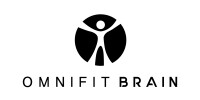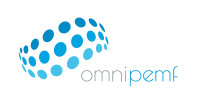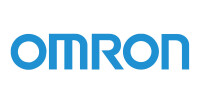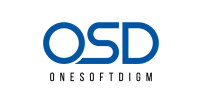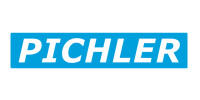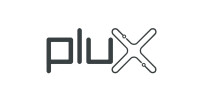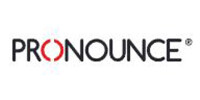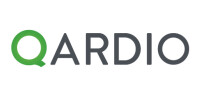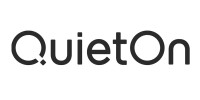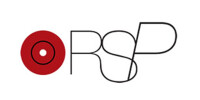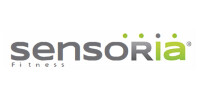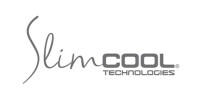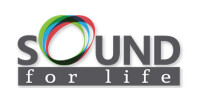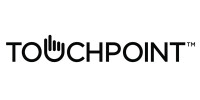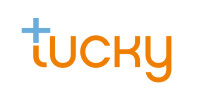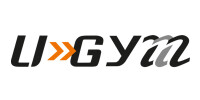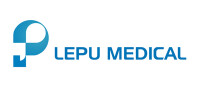
Telemedicine - next step in our healthcare system
Telemedicine is the next step in our healthcare system and already touches 13 areas of our lives. We already know today that telemedicine will increase in the future:
Health does not have to be expensive!
Imagine that in the future, basic medical care can be guaranteed for everyone. Just wishful thinking? We don't think so. This article explains in simple terms how it works and which 13 areas are involved:
1. Telesurgery
Tele-surgery is a computer-assisted form of surgery. With the help of robots and other computer technology, operations on the body can be planned and carried out with extreme precision.
2. Teledermatology
Here, only photos of the skin are needed for an accurate diagnosis. This may be followed by a specific scan of the skin using, for example, laser technology. Artificial intelligence compares this photo and data with disease patterns and has access to an ever improving and growing database. With us, you can measure stress through the skin and reduce it in your daily life with the help of an app.
3. Telediagnostics
The diagnosis of many diseases and their symptoms can be made from the patient's bio-data from anywhere and at any time. Data can be sent directly from the body to a computer and from there to a doctor, pharmacist or therapist.
4. Telecardiology
Telecardiology is telemedicine for the heart. Heart data collected by an ECG device can be analysed via an app and communicated to the doctor and hospital. Examples include our Kardia Mobile products and, for the most demanding requirements, the D-Heart 8/12 channel ECG.
5 Teleconsultation
Among other things, teleconsultation brings therapies via the Internet. Is it possible? The concept of teleconsultation is currently not entirely uncontroversial. But even if some doctors and therapists are against it, the trend is clear. Already, teleconsultation can be used to ensure that an ambulance arrives on time or that an acute heart attack is monitored via telemedicine. Although the legal framework still needs to be created, there is much to be said for a mix of remote and outpatient care. Some of our products can also be connected remotely to your so-called consultation.
6. Telemetry
Wherever medical measurements are exchanged over a data link, this is telemetry. Our biofeedback products also use wireless communication between device and application.
7. Telemonitoring
Telemonitoring allows you to monitor your health in everyday life. You no longer need to take an ECG or EEG in a hospital or doctor's surgery, you can stay connected via the internet.
8. Teleneurology
Teleneurology allows stroke patients to be monitored via videoconferencing. In this way, the teleneurologist can assist his or her colleague from a distance without having to visit a neurology ward.
9. Teleoperation
Teleoperation refers to the remote control of computer systems such as robots and surgical instruments. Today, this can be done on a computer screen over long distances. We offer sensors that are used by various universities, clinics, practices and therapists.
10 Telepathology
Laboratory findings have long been digitally imaged. Digital data can be sent over the Internet. Telepathology uses this data for remote evaluation, extending the services of a local laboratory.
11. Telepsychiatry
Like T.Neurology, Telepsychiatry uses video and screen transmission as a means of communication. Psychological and psychiatric treatment can thus be provided in real time without the need for on-site presence.
12. Teleradiology
For a long time, radiological images were carried to the doctor by the patient. Now this data can also be sent digitally and online. The radiologist can then evaluate the data anywhere in the world.
13. Telerehabilitation
In telerehabilitation, sensors can be used to record important health data such as musculature. The teletherapist or doctor can adapt the therapy methods to the individual patient. Another advantage is the motivation provided by a community that can also communicate with each other via the platforms. We offer sensors that are used by various universities, clinics, practices and therapists.
How telemedicine helps fill gaps in care
With more data, telemedicine becomes better and more efficient. It is already an integral part of modern medicine, but developments will continue to accelerate research and its results, making better healthcare possible for everyone.
This is how telemedicine works in rural areas:
1. various biofeedback tools can be used to communicate with the doctor.
2. the relevant app synchronises health data and shares it with your doctor or pharmacist.
3. appropriate prescriptions are immediately sent to the pharmacy and the medication is delivered to you via a courier service.
Especially for the elderly and chronically ill, telemedicine can make life easier for both doctor and patient. Blood samples, for example, could be taken via a telestation in the village using robotics. The data is then analysed by telepathology and any prescriptions, such as medication, are sent to the patient via teleconsultation.
Learn more about biofeedback now.
Author: Robin Weitz, last updated 18.10.2023